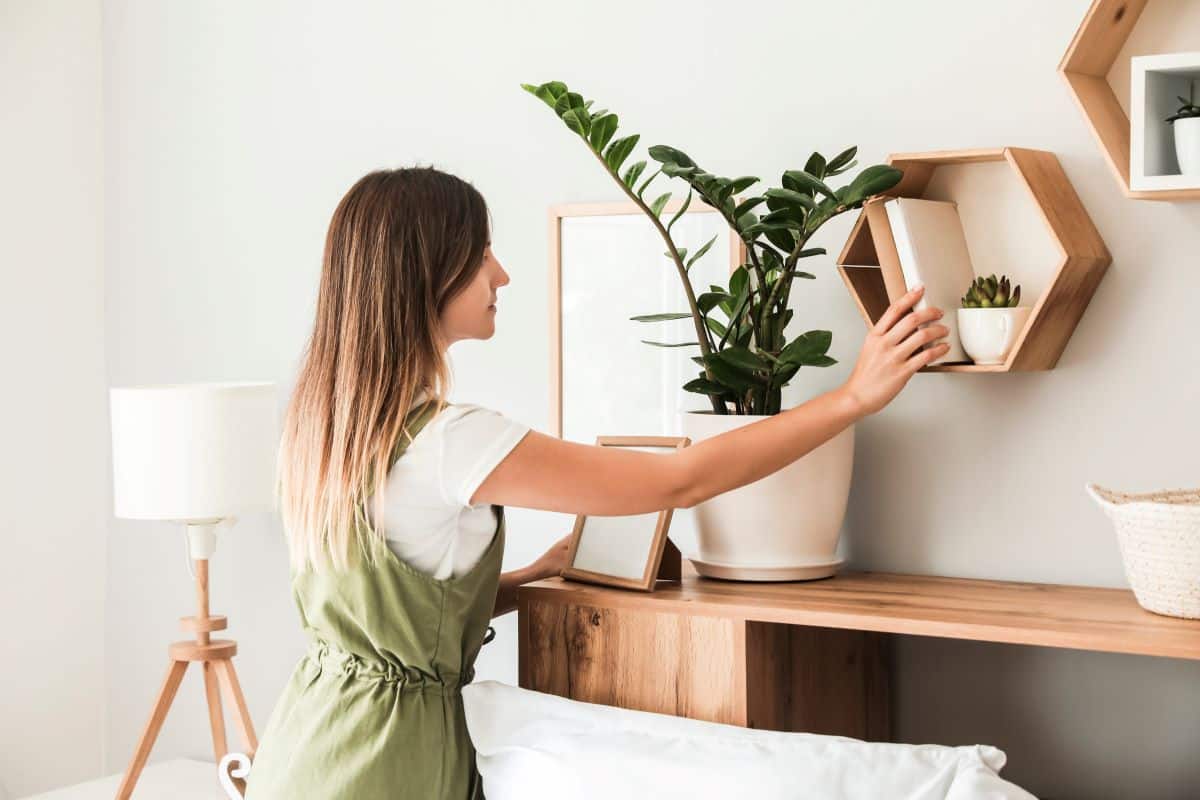Living with neurodiversity in our household has taught us so much about the little things that make a big difference. We’ve found that some simple changes at home can bring a lot of comfort and peace. Curious about what tweaks have helped us the most?
1. Sensory Zones

We designated specific areas in our home for sensory activities. Our daughter loves her sensory nook filled with soft pillows and calming lights, providing her a safe space to unwind when things get overwhelming.
2. Calm Color Schemes

We repainted our living room with muted, calming colors like soft blues and greens. This change has transformed the space into a tranquil retreat for all of us, especially when the day’s chaos becomes too much.
3. Noise Control

To manage noise, we installed soundproofing materials and white noise machines in our son’s room. This has drastically reduced his auditory distractions, making it easier for him to focus and relax.
4. Flexible Lighting

We swapped out harsh overhead lights for adjustable lamps and soft LED strips. Being able to dim the lights has made our evenings much more peaceful and less stimulating.
5. Organized Spaces

Keeping our home clutter-free was a game-changer. We added plenty of storage solutions to help everyone keep their belongings organized, which has significantly reduced daily stress and anxiety.
6. Textured Surfaces

We introduced various textures throughout the house, like plush rugs and smooth countertops. These different textures provide comforting tactile stimulation, especially for our kids who love to explore with their hands.
7. Quiet Corners

We created a few quiet corners with comfy chairs and soft blankets where anyone can retreat when they need a break. These cozy spots have become favorite reading and relaxing areas.
8. Visual Timers

Using visual timers and schedules has helped us immensely with time management. Our son now transitions more smoothly between activities, reducing meltdowns and stress.
9. Ergonomic Furniture

Investing in ergonomic furniture was essential for our wellbeing. Comfortable seating with proper support has made a huge difference in how we all feel, reducing physical strain and increasing productivity.
10. Personalized Decor

We let each family member personalize their own space. Our daughter’s room, decorated with her favorite colors and posters, provides her with a sense of ownership and comfort.
11. Sensory-Friendly Materials

Choosing hypoallergenic and sensory-friendly materials for bedding and clothing has improved our sleep quality. Everyone sleeps better with soft, non-irritating fabrics.
12. Natural Elements

Incorporating plants and a small water feature in our home brought in natural elements that have a calming effect. These additions also improve air quality and create a peaceful atmosphere.
13. Visual Cues

We placed clear visual cues and labels around the house. This simple step helps everyone navigate and keep things in their designated places, making daily routines smoother.
14. Minimalist Design

Adopting a minimalist design reduced visual clutter, creating a more peaceful environment. Our home now feels more open and less distracting, helping everyone focus better.
15. Sensory-Friendly Toys

Providing a variety of sensory-friendly toys and activities has been a hit. Our kids love their fidget toys and sensory bins, which keep them engaged and calm.
16. Safe Spaces

Ensuring all areas of our home are safe and free from potential hazards gave us peace of mind. Safety-proofing prevents accidents and makes everyone feel more secure.
17. Routine Stations

Setting up routine stations for daily activities, like a morning station with toothbrushes and hairbrushes, streamlined our mornings. This organization helps keep everyone on track and reduces chaos.
18. Weighted Blankets

Weighted blankets have become a favorite in our house. They provide comfort and help reduce anxiety, especially during stressful times.
19. Multi-Functional Spaces

Designing multi-functional spaces allowed us to adapt rooms for different activities. This flexibility is crucial for accommodating everyone’s varying needs and preferences.
20. Accessible Technology

Incorporating accessible technology like voice-activated assistants and smart home devices made managing daily tasks easier. These tools support our independence and improve our daily lives.
Ready to Make a Change?

Creating a neurodiversity-friendly home doesn’t have to be overwhelming. Which of these tips will you try to make your home more inclusive and comfortable for everyone?
The post 20 Neurodiversity-Friendly Home Design Tips first appeared on Mama Say What?!
Featured Image Credit: Shutterstock / Pixel-Shot.
For transparency, this content was partly developed with AI assistance and carefully curated by an experienced editor to be informative and ensure accuracy.





